Children’s writing sends a powerful message to world leaders
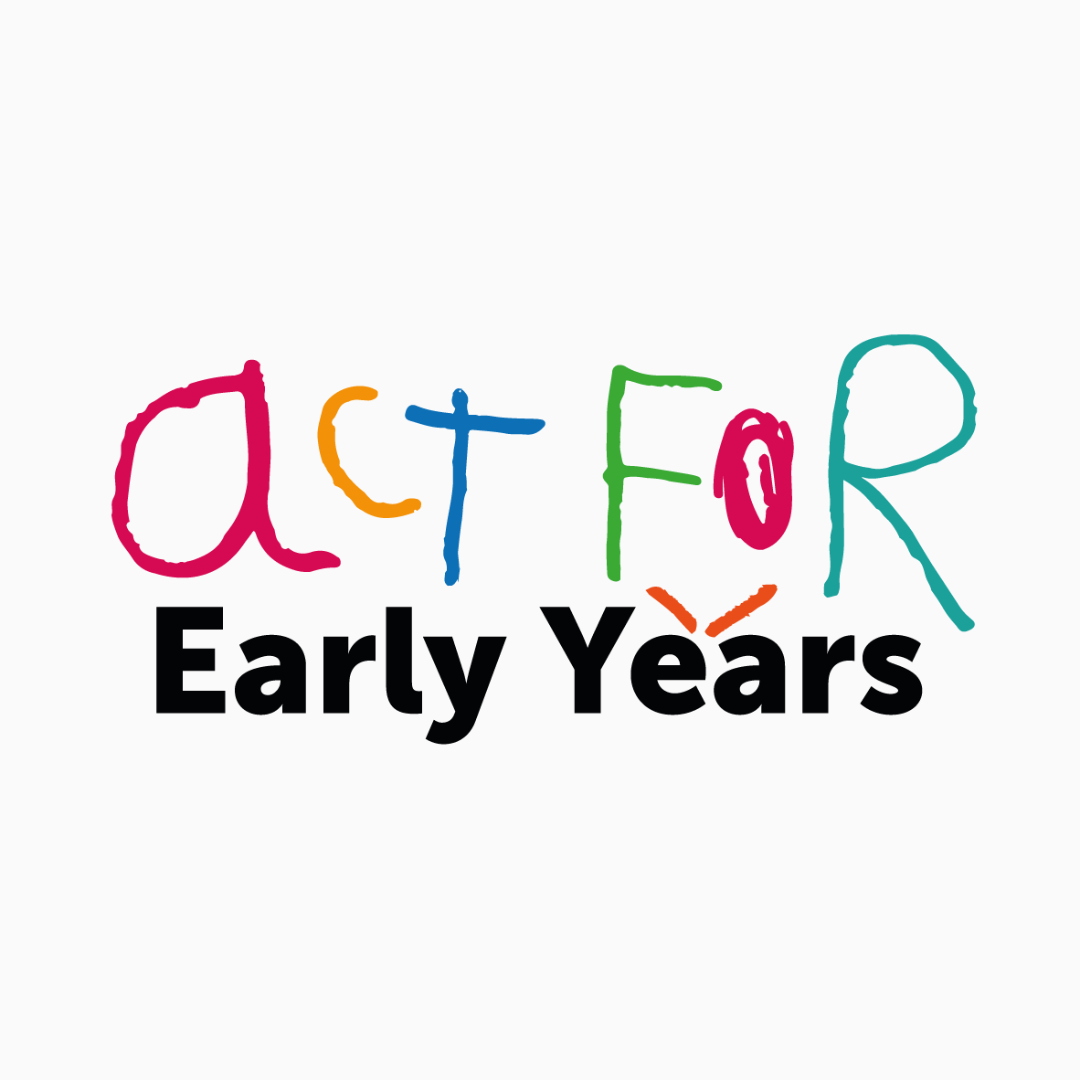
When Theirworld was planning the Act For Early Years campaign, we worked with brand studio Saboteur to give very young children a way of making their voices heard.
How do you get world leaders to sit up and take notice of the plight of very young children? One way is to give those children a voice and put them at the centre of a global campaign.
That’s what Theirworld has done with Act For Early Years – a major campaign to tackle a worldwide crisis by calling for urgent quality childcare and preschool learning for every child.
We knew that giving children under five the opportunity to have their say would be a powerful way of getting through to leaders and governments who are letting them down.
Theirworld worked with partners and the brand studio Saboteur to create a special font that uses children’s writing and features in our Act For Early Years report and campaigning. Children’s drawings and doodles also help to reinforce the message.
Here’s a look at how the font was created and why it’s having a big impact.
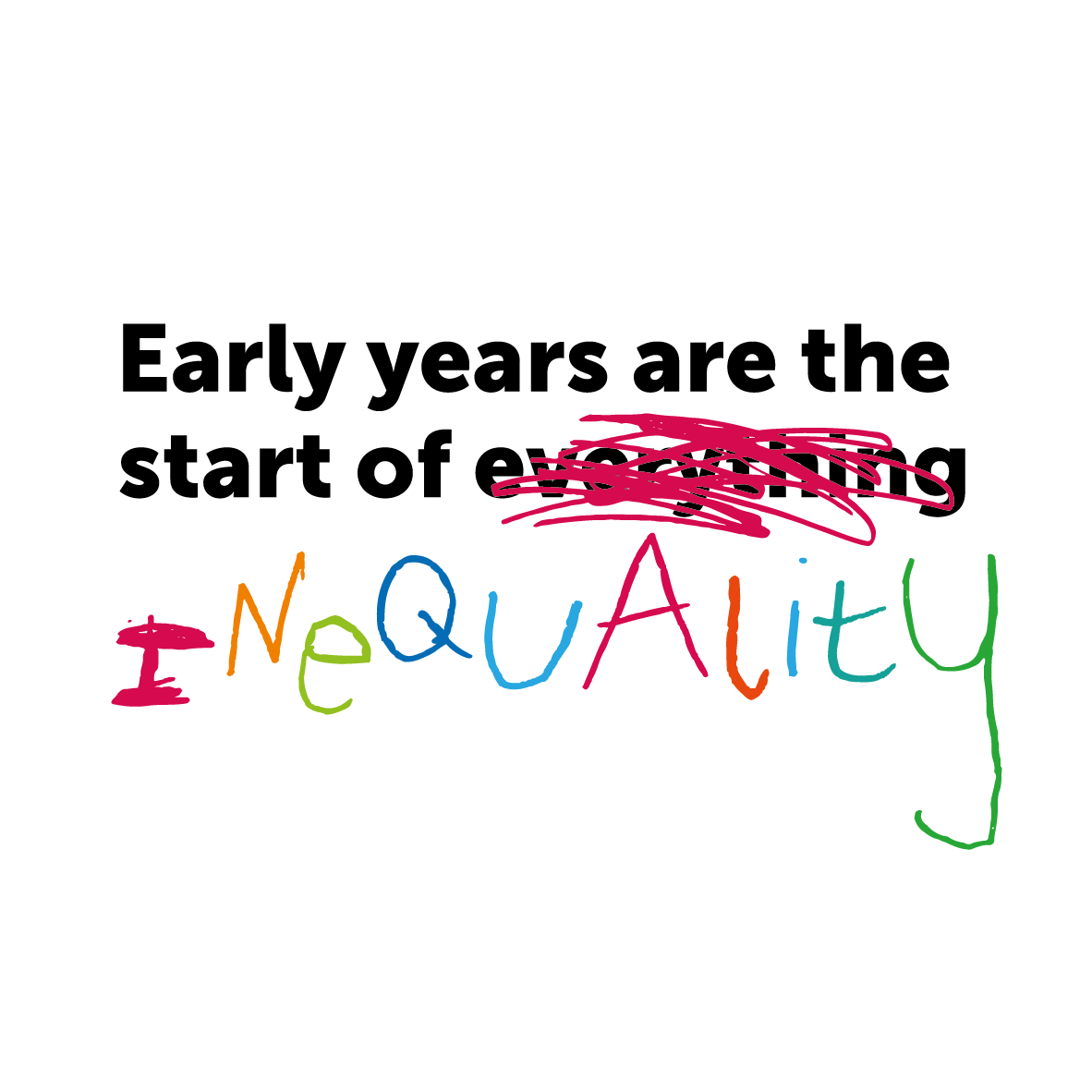
Half of all children are denied the quality early years programmes and support they need to get the best start in life. And around half of pre-primary-aged children are not enrolled in any form of early education.
There is a lack of funding and action for crucial interventions such as health, nutrition, play, learning and protection required for all under-fives. It is the poorest children who are missing out. But those children can’t appeal directly to leaders.
“The youngest children are never in the room when big decisions are made,” said Ben Hewitt, Senior Campaigns Advisor to Theirworld. “They are invisible in decision-making compared to other influential groups in society. Our campaign aims to give a voice to those unable to advocate for themselves.”
Theirworld had worked on previous campaigns and branding with London-based Saboteur. Co-founder Nick Eagleton said: “Theirworld talked to us about children speaking up but not being heard. Despite children being the world’s greatest persuaders, the world is not listening to them.
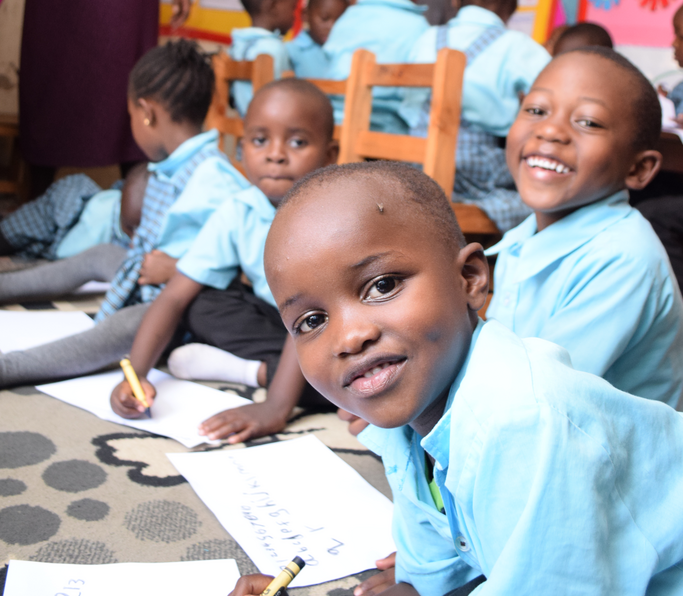
Children at an early years centre run by Kidogo in Nairobi, Kenya, helped to create the branding for the Act For Early Years campaign
(Kidogo/Daniel Macharia)
“Theirworld wanted the voice of children to be in the room, metaphorically – in policy meetings, at governments, at the UN, where it could actually shape change.”
Saboteur designer Leah Bravo explained: “We wanted to create an identity for the movement that really put children’s voices at the heart of it. By having the handwriting, it’s clear that it’s talking about young children.”
Saboteur looked at existing online fonts that represent children’s writing. But they just weren’t right. They were too neat or stylised and lacked a feeling of spontaneity.
So Theirworld worked with project partners Kidogo and Chance for Childhood – along with the Theirworld Edinburgh Birth Cohort – to ask young children in Kenya, Mozambique, Ghana, South Africa and Scotland to write the alphabet and numbers. The result was an amazing array of characters just bursting with life.
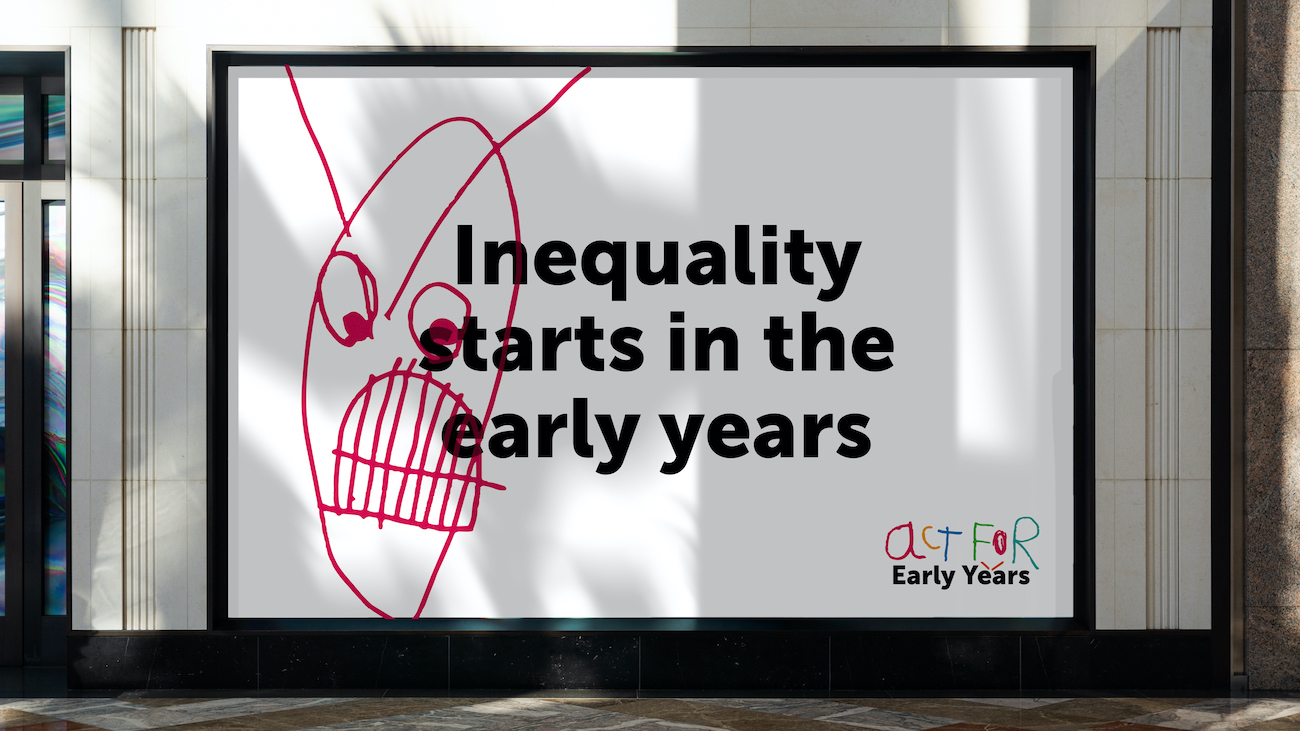
Then came the painstaking process of creating the new font while keeping as many different styles from as many children as possible. Leah said she had to forget the normal conventions of typography, such as letters being level with each other. She also had to convert the characters into the colours used in Theirworld’s branding.
“When we created the font, we didn’t have a baseline, because with kids it’s all over the place,” said Leah. “If you tidy it up, it loses the energy.
“The font is instantly disarming. Nothing is neat about it and you can feel the children’s anger through it. It has a lot of energy about it, which is something we wanted to capture.”
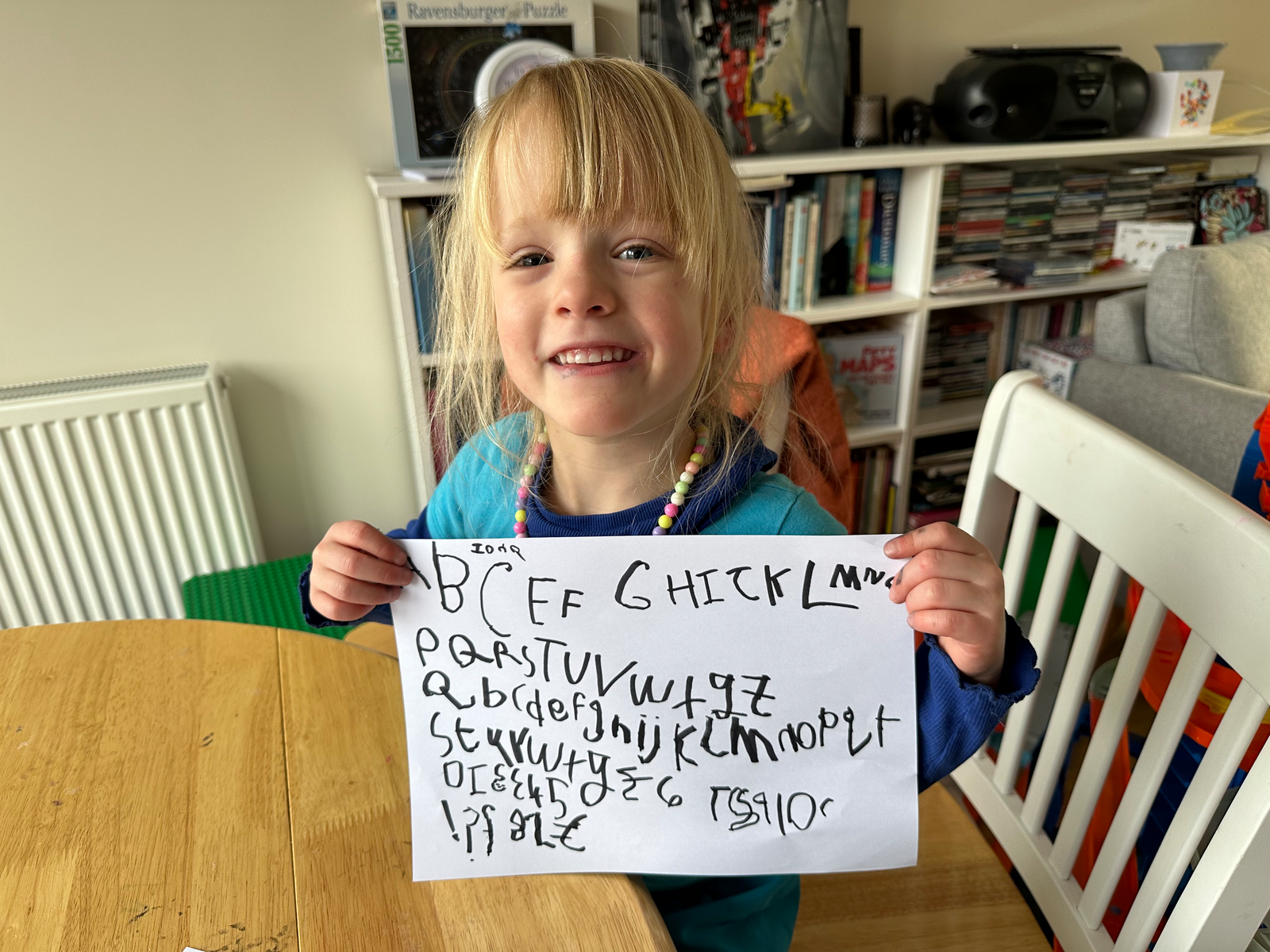
Five-year-old Iona, 5, who is part of the Theirworld Edinburgh Birth Cohort project in Edinburgh, Scotland, contributed her version of the alphabet for the Act For Early Years campaign (Laura Taylor)
Nick added: “When you use the font and start typing, it’s like another voice. There’s a magic to it. It leaps off the page and the screen.”
The font has four versions of each letter of the alphabet available in both upper and lower case. Two of the fonts represent the voices of children aged three to five and the other two are for over-fives. There is also the option to print the letters backwards, as young children often do.
As well as letters, the children added drawings, doodles and scribbles – so Leah found a way to incorporate those for use in the Act For Early Years campaign messaging.
She said: “When we saw the writing, the letters were never by themselves. There were always little doodles to the side. Kids instinctively draw other things – little messages in themselves. That was something that we knew would become an important part.”
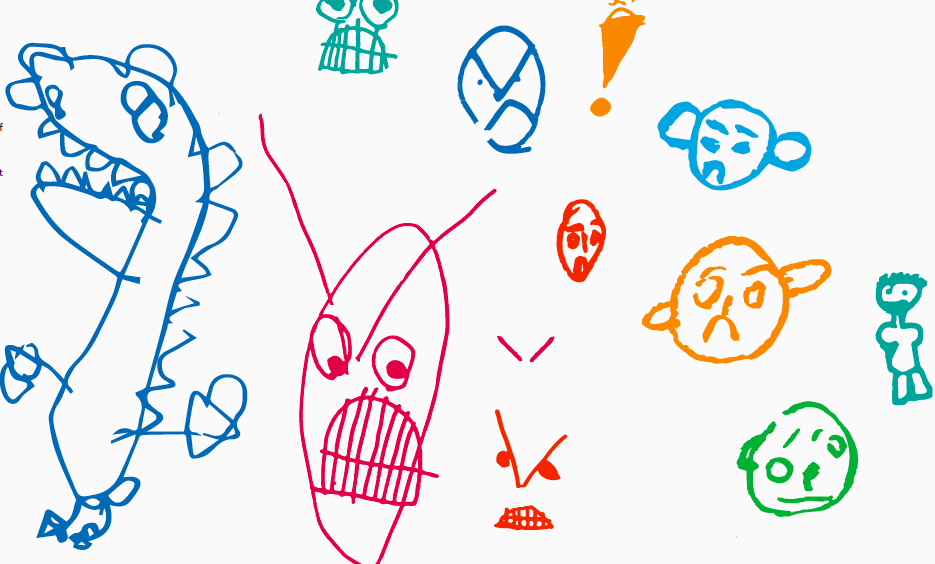
The children were also asked to visually express their feelings about leaders not doing enough to listen to the voices of under-fives. The result was some angry faces and even – appropriately – dinosaurs.
The font has already been used to illustrate the Act For Early Years report, which was published last month.
Ben Hewitt said: “We have only just started using the font and illustrations and already the campaign is getting noticed.
“Our partner organisations around the world are excited to share the campaign content and tell us they love the dynamic and childlike look of the campaign font. Our job now is to get noticed by world leaders and decision-makers!”